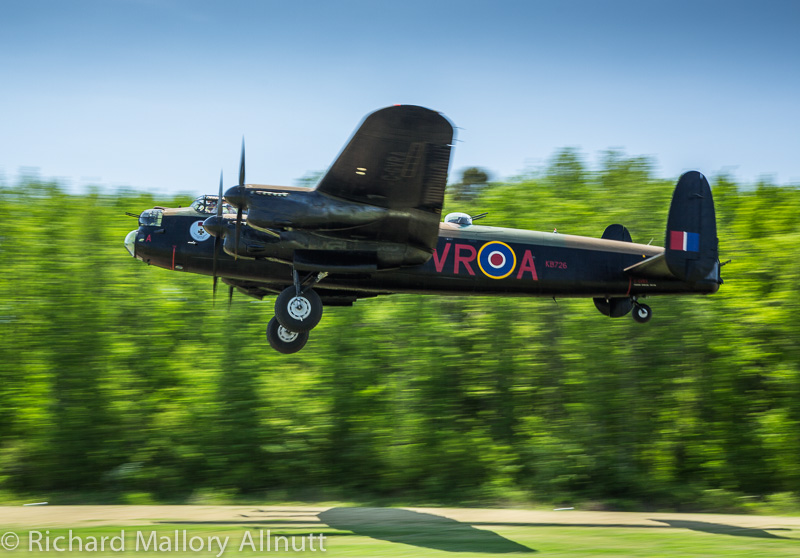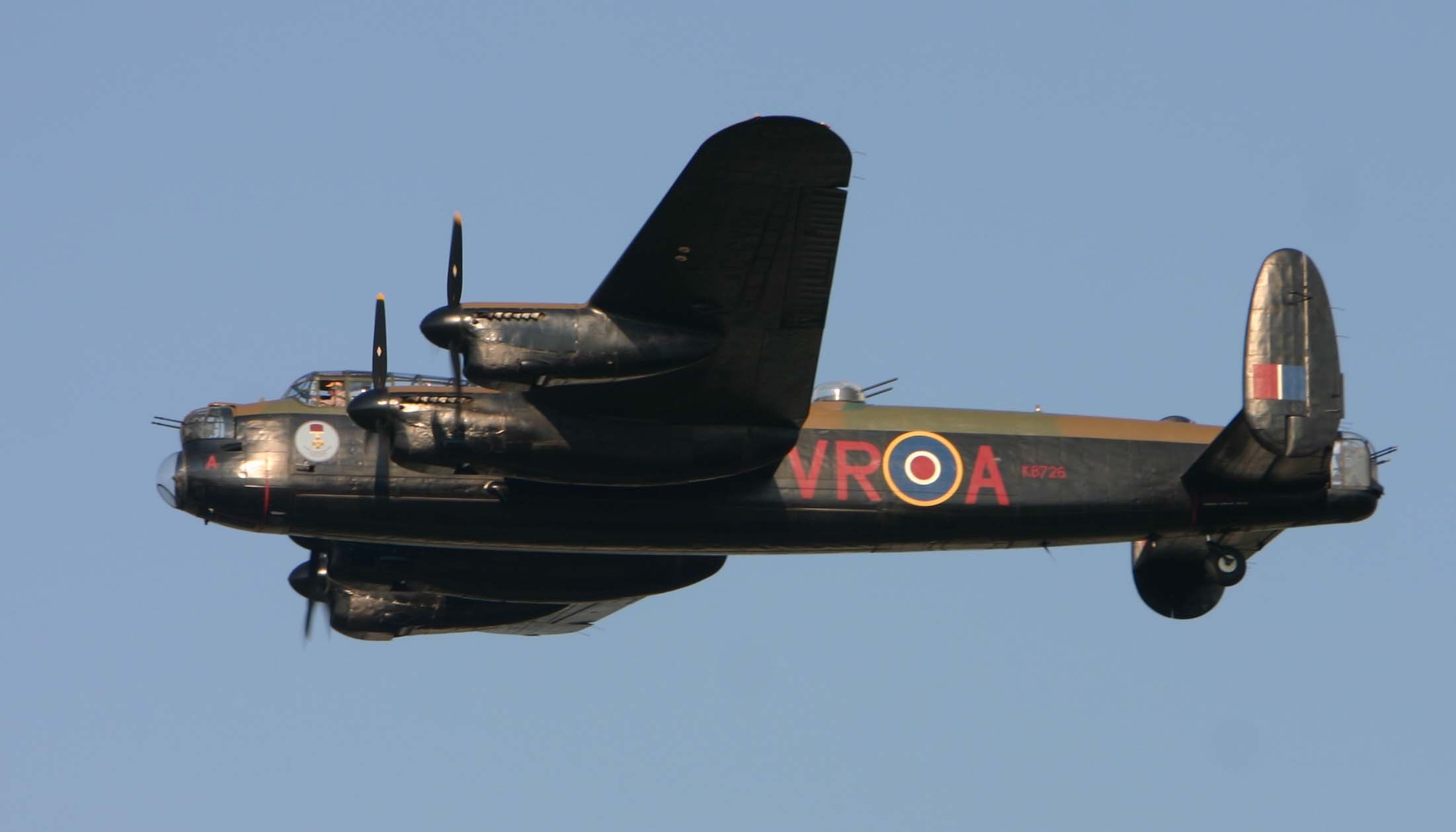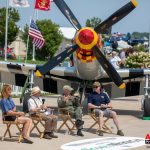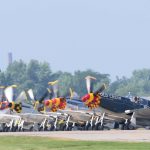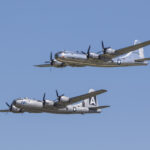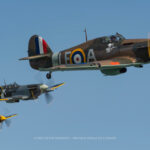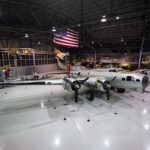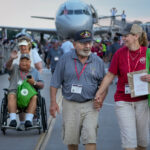On May 31st, the Canadian Warplane Heritage Museum confirmed that North America’s only airworthy Lancaster would participate in EAA AirVenture Oshkosh 2024. This involvement highlights the dedication of the Canadian Armed Forces and private organizations to celebrate the Royal Canadian Air Force Centenary in grand style. The last time the Museum’s Lancaster took part in the world’s greatest aviation celebration was in 2015.
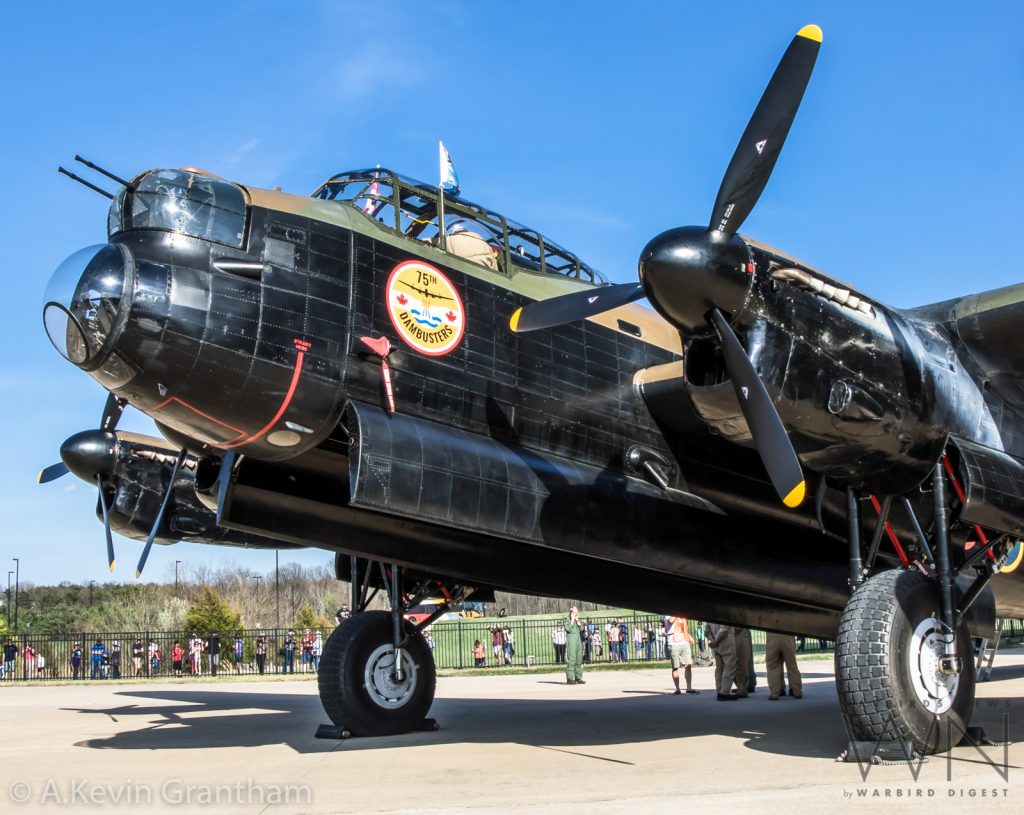
The Avro Lancaster was one of the most iconic Allied bombers of the Second World War, and boasted remarkable flying characteristics and operational performance. It’s surprising that such an exceptional aircraft emerged from Avro’s urgent efforts to fix the flaws of its earlier, unsuccessful Manchester bomber. The Lancaster prototype, which took to the skies in January 1941, was actually a modified Manchester airframe with an expanded wing center section and four 1145 hp Rolls-Royce Merlin X engines. These Merlins replaced the two 1760 hp Rolls-Royce Vulture engines that had proven highly unreliable. The modifications were an instant success, and due to the rapid pace of wartime development, the first production Lancaster was flown in October 1941.
During the Second World War, thousands of Canadian airmen and ground crew served with RCAF and RAF Lancaster squadrons in England. By late 1944, the Canadian No. 6 Group of Bomber Command was operating thirteen Lancaster squadrons against Germany. Back home, thousands of Canadians worked at Victory Aircraft in Malton (Toronto) to produce 430 Lancaster Mk. Xs between 1943 and 1945.
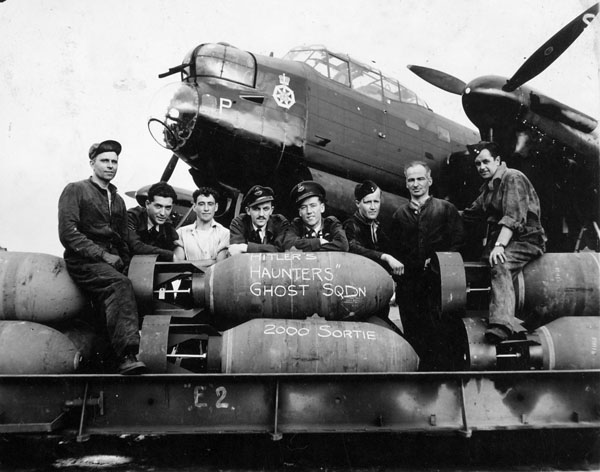
After the war, around 230 Lancasters served with the RCAF in various roles, including Arctic reconnaissance, maritime patrol, and as bombers. The Lancaster was officially retired from the RCAF at Downsview (Toronto) in April 1964. A total of 7,377 Lancasters were produced in Britain and Canada during the war. Today, 17 Lancasters remain worldwide, with only two still in flying condition.
The Museum’s Lancaster Mk. X was built at Victory Aircraft in Malton in July 1945 and later converted to an RCAF 10MR configuration. In 1952, it suffered a significant accident and received a replacement wing center section from a Lancaster that had seen combat over Germany. It served as a maritime patrol aircraft with No. 405 Squadron in Greenwood, NS, and No. 107 Rescue Unit in Torbay, Newfoundland, for many years before being retired from the RCAF in late 1963.
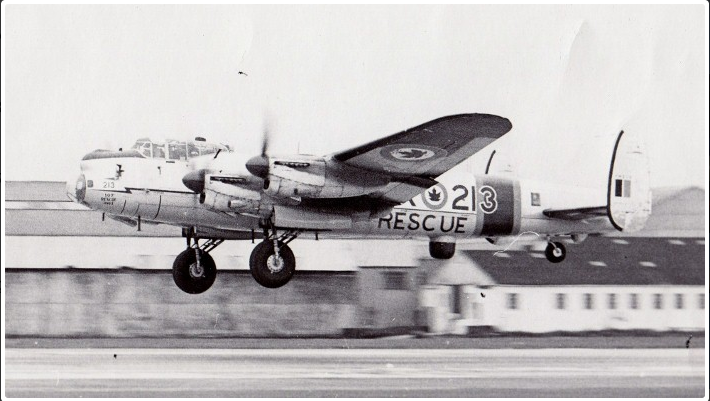
With assistance from the Sulley Foundation in 1977, the Lancaster was acquired from the Royal Canadian Legion in Goderich, Ontario, where it had been on outdoor display. It took eleven years to restore it completely, and it flew again on September 24, 1988. The Lancaster is dedicated to the memory of Pilot Officer Andrew Mynarski and is known as the “Mynarski Memorial Lancaster.” It is painted in the colors of his aircraft, KB726 – VR-A, which flew with RCAF No. 419 “Moose” Squadron. Andrew Mynarski was awarded the Victoria Cross, the Commonwealth’s highest award for gallantry, on June 13, 1944, when his Lancaster was shot down in flames by a German night fighter. As the bomber fell, he attempted to free the tail gunner trapped in the rear turret of the burning, out-of-control aircraft. The tail gunner miraculously survived the crash and lived to recount the story, but Andrew Mynarski sadly succumbed to his severe burns.
To support the Canadian Warplane Heritage Museum and their Lancaster, please visit www.warplane.com
